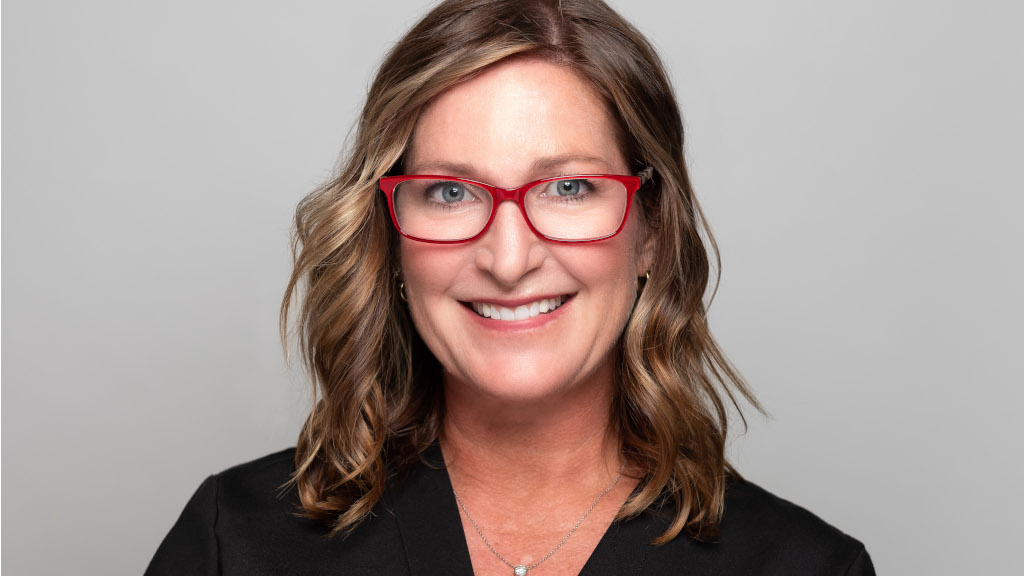August 19, 2024
New on Board
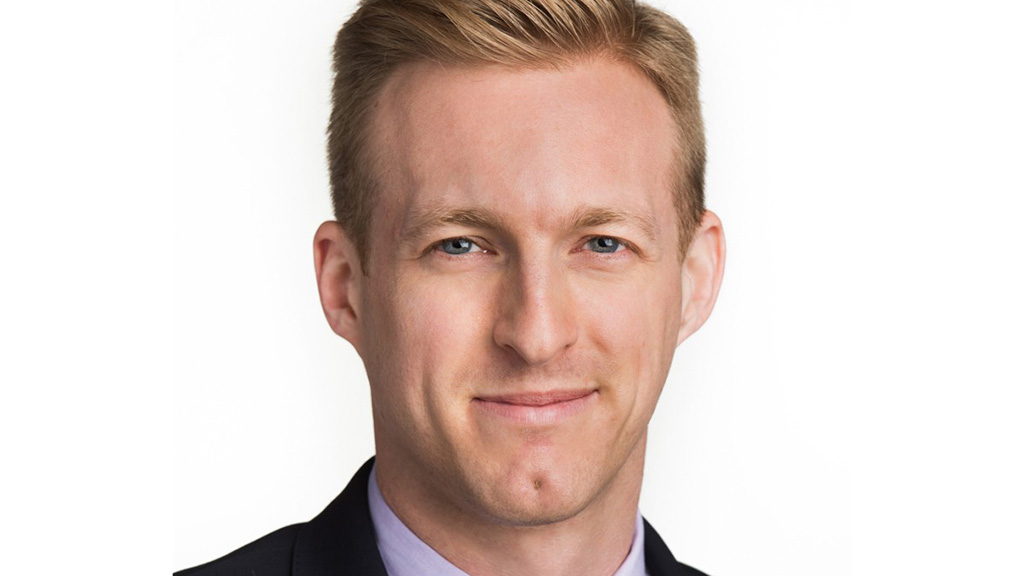
Drones — small, unpiloted aircraft — do more than take pictures of houses and streets for Google Maps. They have a multitude of uses. In Virginia, on Tangier Island, an area only accessible by boat or ferry, drones deliver prescription medications to the front doors of older adults. In the military, drones can serve as tankers to refuel fighter jets, provide situational awareness to platoons and perform tasks that keep humans out of harm’s way. From mapping to surveying land, drones are employed in agriculture to collect data in real time about crop health and handle applications like crop spraying.
At the core of it all are safety and problem-solving, and that gets Michael Robbins excited to go to work each day. Robbins succeeded Brian Wynne to become president and CEO of Arlington, Va.-based Association for Uncrewed Vehicle Systems International (AUVSI) in April. AUVSI is the world’s largest trade association for uncrewed systems, vehicular autonomy and robotics in both the commercial and defense sectors.
Robbins, who is also an officer in the U.S. Navy Reserve and CEO Update Roundtable member, is not new to AUVSI. He previously served as chief advocacy officer, leading the association’s advocacy, communications and cybersecurity initiatives.
“The utility of platforms our members are creating is unquestionably good,” Robbins told CEO Update. “To lead this organization and be at the tip of the spear for members in this industry is an incredible opportunity.”
AUVSI advocates, educates and fosters connections in the emerging uncrewed vehicle systems industry, which includes not only drones but self-driving cars and self-flying airplanes. The association has approximately 475 organizational members and about 9,000 individual members representing companies in the air, ground and maritime space, Robbins said. Annual revenue is about $10 million.
A golden opportunity
Robbins first joined AUVSI in 2020 as executive vice president and became chief advocacy officer three years later. “When the CEO role opened up, the board decided to make me an offer,” he said. It wasn’t the first time an opportunity came to him.
Robbins began his association career in 2011, when Capt. Lee Moak, president of the Air Line Pilots Association, International (ALPA), recruited him from Capitol Hill for the role of ALPA’s managing director of government and public affairs. He didn’t have a background in aviation, but he had a decade of experience as chief of staff for his hometown congressman, the late John Dingell (D-Mich.).
Robbins began working for Dingell at 19, while he was in college. When Dingell moved up in his career, he took Robbins with him to Washington, D.C., appointing him chief of staff at the age of 23. Robbins was highly aware of the honor and responsibility bestowed him. Dingell was chairman of the Energy and Commerce Committee, and dean (longest-serving member) of the House of Representatives.
“I made a lot of mistakes and dealt with a fair amount of adversity at first,” he said of holding a senior role as a young adult. “I learned the importance of making mistakes, learning from them, and that you can grow more from failure than you can from success. Those first couple of years helped forge my attitude and perspective on learning, my leadership philosophy and style. I built a strong network on Capitol Hill and (an) understanding of the intricacies of the federal government.”
He learned how to apply those skills in the association sector and manage large teams when he joined Moak at ALPA in 2011. Four years later, he and Moak left ALPA to start Intrepid, a consulting firm specializing in corporate proficiency, overcoming public policy challenges, and strategic communication. The company served clients around the globe in the aviation, defense, energy, food, space and technology sectors. AUVSI was among them and in 2020, approached Robbins about working for the association full-time as executive vice president.
A budding industry
“I appreciated the opportunity to come on board and help forge a path forward for these systems to become common commercial and defense applications,” he said. “We focus a lot of effort and work on advocacy, as well as moving to points of friction to help our members solve problems.”
In the transportation industry, drones offer solutions to a range of issues, Robbins said. Delivering products by drone instead of truck can help ease labor shortage challenges, reduce the number of vehicles on the road, decrease the likelihood of accidents, and lessen emissions. “Drones have virtually zero emissions,” he said.
Still, there are many regulatory challenges that come with working in an emerging industry, Robbins said. Determining how to integrate systems into an existing transportation ecosystem and the military while keeping up with the pace of technology are two issues AUVSI works on daily. “To the extent we can solve those challenges and help members grow will lead to growth for our association as well,” he said.
The day after his CEO Update interview, Robbins testified before the House Homeland Security Committee for the use of drones by law enforcement as a “situational tool for de-escalation.” Drones would enable officers to view aerial footage before they arrive on-site, to better understand the situation and make better decisions, Robbins said.
Robbins and his team are now in a strategic planning process. He expects their efforts to result in new services to help members problem-solve and operate more efficiently.

When Sid Bhatnagar joined the American Society for Quality (ASQ) in 2020 as chief information officer, he was excited to be part of a mission-driven organization. Bhatnagar had left behind a 14-plus year career in financial services to join ASQ. He was unaware at the time that a promotion to chief of staff and chief operating officer would lead to the CEO role a few years after initially coming on board. But that’s exactly what happened and the timing turned out to be right.
Bhatnagar was appointed interim CEO of the Milwaukee, Wis.-based society in May 2023, temporarily filling the void left by Ann Jordan.
“Nobody is born a CEO,” Bhatnagar, who holds degrees in management information systems and corporate communications from the University of Wisconsin-Whitewater, told CEO Update. “The opportunity presented itself. I threw my name in the hat. There’s a lot of great work we’re doing. I wanted to continue to be a part of it.”
Focus on quality management
After an extensive search by Korn Ferry, Bhatnagar stood out from more than 125 candidates. He was promoted to CEO in December 2023, bringing more than six years of experience in C-suites in both the nonprofit and private sectors. From a governance and management perspective, he said, the CEO role was a natural next step in his career.
ASQ’s focal point is quality, which is the byproduct of procedures, processes and systems, Bhatnagar explained. Founded in 1946, ASQ is the administering body for ISO 9001, the most widely used standard for quality management in the world, Bhatnagar said.
“The mission of our organization is to make tomorrow better than yesterday,” he said.
“Our members are the individuals that are working in the trenches and figuring out the how — how do we take risk off the table, assist with creating better practices and services across industries? It’s about process improvement and continuous improvement. Quality tools are at the center of it. Our member leaders across the world are focused on managing tomorrow better than today.”
These quality tools include certifications, publications, e-learning and training that ASQ provides to its more than 40,000 individual members in upwards of 130 countries. ASQ, formerly the American Society for Quality Control, focuses on soft skills such as leadership, and technical skills such as applying quality control principles to the nuclear energy industry.
ASQ also offers quality certifications for a multitude of industries, from aviation, space and defense to design and construction, education, financial services, food and drug, health care and government.
“We try to provide a full, holistic education experience as people are maturing through their career journey,” Bhatnagar said. “More than 500,000 individuals across the world have ASQ certifications.”
ASQ has 21 board members, 106 employees and annual revenues of $25 million.
Collaboration and trust
Bhatnagar describes his leadership style as collaborative — hire the right people and they will help drive strategy forward. In line with that ideal, one big change Bhatnagar has made is instituting a leadership roundtable.
Bhatnagar brought together a few directors within the organization to create and drive a culture of TACT: trust, accountability, collaboration and transparency. “Under those four pillars, we want to make sure to advance,” he said.
Going into the job, Bhatnagar had an across-the-board understanding of the organization’s ecosystem, the individuals that move it forward and areas in need of improvement. Bhatnagar is concentrating on projecting what the association model or space will look like globally in the next three to five years. He realizes the larger challenge is bringing the global community together —determining strategic ways to provide members with continuous value and to foster engagement.
“Profit is not a dirty word,” he said. “We want to make sure there’s balance there. That it’s mission and margin, and not mission or margin.”
He thinks about changes to anticipate, like how artificial intelligence is going to impact ASQ’s publications arm. Bhatnagar knows there will be changes they cannot yet anticipate but will need to prepare for, and he is up for the challenge.
Bhatnagar brings a business mindset, results-driven leadership style and dedication to the pursuit of excellence through quality. Putting his own spin on a famous quote by Henry Ford, he believes that strategy (vision is the word Ford used) without execution is hallucination.
“I’m bringing the board not only a strategic plan, but also the skill level to execute it,” he said. He proved that during his eight months as interim CEO while helping ASQ navigate the leadership transition and now, as he guides the organization into the future.
Bhatnagar lives with his family in a northern suburb of Chicago. His favorite way to disconnect and spend quality time outside of work is taking a short ride on a motorcycle.
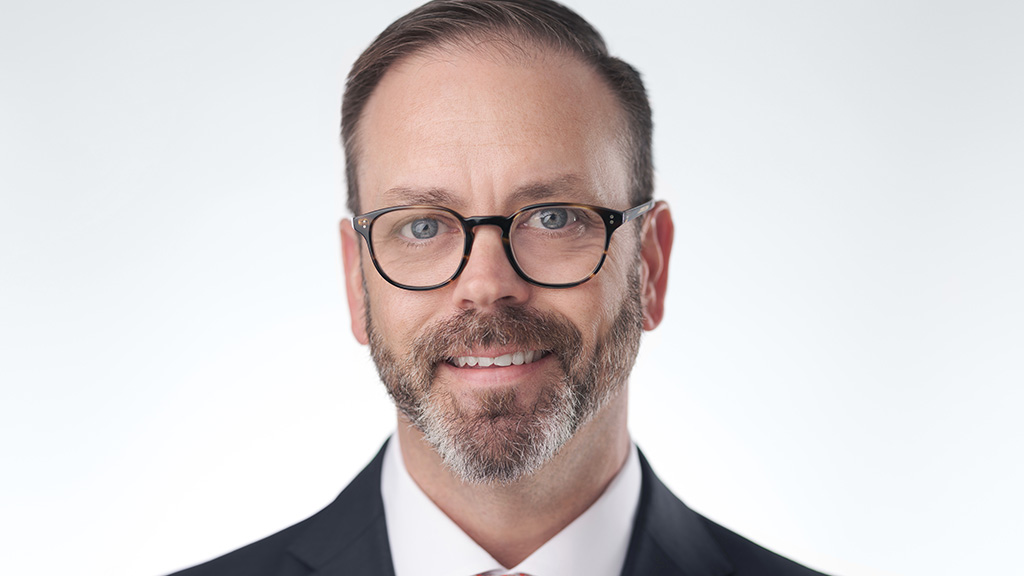
Casey Clark has a longstanding relationship with the association business, starting when he was 15 years old and interning with the American Trucking Association.
“I have been literally in and around the association business since I was a teenager,” he told CEO Update. “It’s been a wild ride of my entire career in Washington: four internships at associations, and then a career in Washington spanning 25 years that’s probably equal parts association management and strategy consulting where I was servicing associations.”
Now, he’s bringing that experience to his new CEO role at the Alexandria, Va.-based National Association of Professional Employer Organizations (NAPEO).
Supporting small businesses
NAPEO serves roughly 400 companies about equally split between PEO (professional employer organization) members and associate members, companies that provide services to the PEO industry.
“We’ve got companies with a small amount of revenue and a handful of employees, to publicly traded businesses that would be names people would appreciate and understand,” said Clark.
He calls PEOs “small business enablers” that provide back-end administrative support and access to benefits most small businesses wouldn’t otherwise have. Their role, he said, dovetails with the classic idea of a passionate startup owner learning the business side of things.
Small business owners are “really good or passionate about one particular thing, and then they learn that running a business is a lot different and a lot harder to do than their expertise or passion,” he said. “That’s where PEOs come in and help them focus entirely on what it is that they do best. And we help take the burden of the back-end benefits administration off their shoulders.
Clark began with NAPEO in December 2023. His core team consists of 22 people in Alexandria, and a handful of employees across the country manage state affairs. The organization operates on $10.5 million annually as it seeks to bring value to its members in all 50 states.
“Think about it as a time-based organization where what we deliver is expertise and time, and that time is a product of member investment in us,” he said.
Organization similarities
Clark left a senior vice president role at the $15 million-revenue American Gaming Association, and he’s found some similarities that might not seem obvious.
One is the state-by-state, “patchwork quilt of regulation” both organizations must submit to, which he said requires a nuanced approach at the association level to help move common interests forward. Like the gaming association, NAPEO must observe federal regulations from the Treasury Department.
And both organizations, Clark contended, face typecasting.
“The gaming industry was misunderstood from antiquated stereotypes, and the PEO industry is just as often underappreciated in terms of all that we can do,” he said. “Part of that is because we’re a relatively new industry. Part of it is that we’ve got work to do to make sure that people really understand what we’re doing for small business and how we can help.”
Greater appreciation
Clark’s goals as NAPEO’s leader begin with a sort of Hippocratic oath: “Do no harm.”
He said he intends to preserve the good work his predecessor, Pat Cleary, did in creating a foundation for the next evolution of the industry and the association.
“My goal is to meet a lot of people and get to understand the industry better and then identify opportunities to move the ball down the field a little bit,” he said. “Certainly, there are those opportunities and I’m excited to apply what I’ve learned in my career to help advance those things.”
One of those opportunities lies in elevating appreciation for how NAPEO serves small businesses to ensure wider adoption of the services PEOs can provide. That appreciation can spread through contact with influencers on Capitol Hill and state regulatory bodies, Clark said.
“This will be an ongoing NAPEO thing for probably the next three CEOs,” he said.
Team ball
In pursuing greater appreciation for the association, Clark plans to engage his innate sense of accountability.
“I have a very strong sense of responsibility for the team, for the organization, and for the membership,” he said. “That’s been true across, not just here, but at AGA and my other association work. I think that’s something that carries over and sticks with me.”
For Clark, a teamwork mentality is the underpinning of quality work, and he’s not opposed to stepping in at any level necessary to keep things moving.
“I preach team ball. I really believe in everybody working together to deliver the greatest outcomes,” he said. “We are one team of people committed to accomplishing the same goal. If that means that I’ve got to go to Capitol Hill and testify on behalf of the industry, or I’ve got to go in the conference room and stuff envelopes, I’m excited about doing both of those things.”
A family business
As he steps into his first CEO role, Clark said he’ll be able to look to family members in similar positions for guidance.
His wife, Liz Clark, oversees the Boston-based Health and Fitness Association, and his sister, Suzanne Clark, leads the $200 million-revenue U.S. Chamber of Commerce in Washington, D.C.
“This really is the family business in a lot of ways,” Clark said. “It’s a fascinating time and one that is great for someone like me as a first-time CEO to be able to rely on my closest confidants and family members to help me and counsel me through the first couple of months.”
March 11, 2024
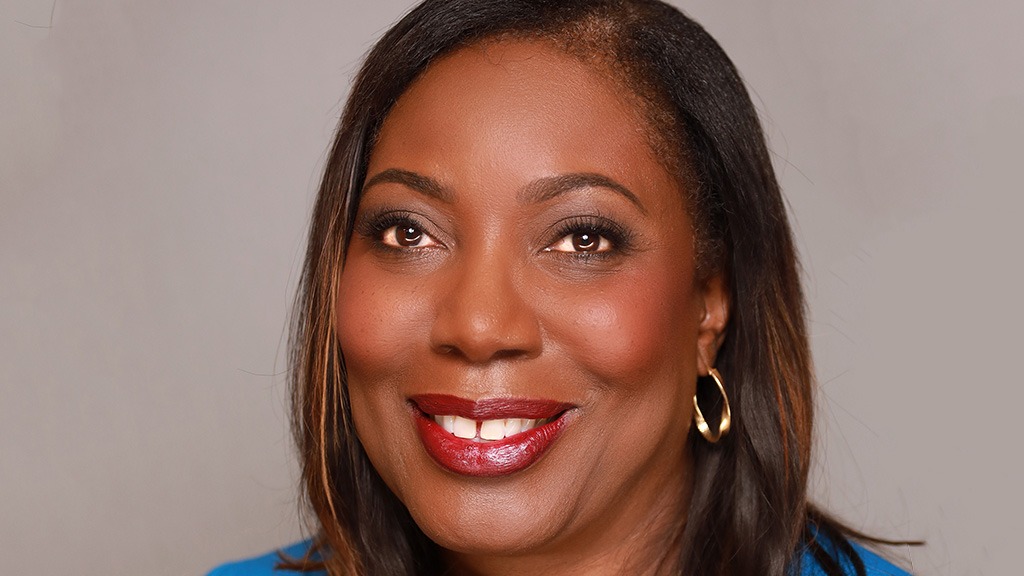
“Food is health”? “Food is medicine”?
Wylecia Wiggs Harris has heard different iterations of this theme. Yet, she thinks American society hasn’t landed on the right expression. That’s why she hopes the Academy of Nutrition and Dietetics will lead the way in helping us choose words that convey the importance of food to the overall health of individuals and communities.
Coming from a family with a history of cardiovascular disease and diabetes, Harris has a special interest in maintaining and improving health.
Harris, who replaced Pat Babjak as CEO of the Academy on July 1, 2023, began her career more than 30 years ago at the American Heart Association. Back then, she felt that she could make a real impact on people’s lives. Her new job evokes the same feeling.
“I somewhat feel like this is book-ending my career,” she said of leading the Chicago-based Academy. “Nutrition is something that impacts everyone, regardless of socioeconomic background and culture. I have this deep commitment to health care and equity. And I believe that’s going to be hard to address if we don’t have food and nutrition at the center of the conversation.”
Harris wasn’t looking for a new job when Lorraine Lavet of Korn Kerry approached her about the CEO position at the Academy. She was content as CEO of the American Health Information Management Association (AHIMA). But Lavet’s query got her thinking. Harris realized that she had placed AHIMA on a solid trajectory, improving its financial health and vision for the future. Maybe her work there was done.
Still, she didn’t immediately agree to apply for the job because she wasn’t unhappy. Then Lavet said something that changed her mind. “You’ve done some amazing work,” Lavet, a CEO Update executive recruiter member, told her. “Leave at the top of your game and take your skills someplace else.” Those words made Harris decide she would only leave for the right organization.
“We all need mentors, coaches, allies, people who can sometimes help us see the things that we cannot see,” Harris said. “That comment personally came along at the right moment, when I was already wrestling with, is it time?” Her doubt stemmed from uncertainty about whether she could have the same impact at AHIMA that she’d had during the previous five years. It was important to her to grow as a leader while continuing to help the association.
During the interview process, she fit in with the hiring team personality-wise and believed if selected, she could help the organization continue to grow. She quickly decided the Academy was the right organization and came aboard.
Harris feels passionate about the Academy’s dedication to improving the public’s health, developing food and nutrition professionals and furthering the field through research, education and advocacy. Its 51,634 members are registered dietitian nutritionists; nutrition and dietetics technicians, registered; individuals with degrees in nutrition and dietetics; and students. From hospitals to private practice, schools, research arms of food and pharmaceutical companies, sports nutrition and corporate wellness — they work wherever food and nutrition expertise is needed, Harris said.
Annual revenue for the Academy’s consolidated businesses — its foundation, credentialing arm, accreditation arm, practice groups and member interest groups — is upward of $37 million. The challenges faced by the Academy are similar to other associations, Harris said: a graying membership, figuring out how to recruit the younger generation as members, post-COVID burnout causing some members to switch careers, and decreasing academic enrollment.
“You need a strong pipeline in order to feed membership,” Harris said. Like other associations facing the same problems, the Academy is looking at other sources of revenue.
However, a challenge unique to the Academy is brand awareness. When it was founded in 1917 as the American Dietetic Association in Cleveland, it set out to help the government conserve food during World War I and improve the public’s health through nutrition. In 2012, it was rebranded as the Academy of Nutrition and Dietetics, to highlight its members’ credentials and focus on improving health through nutrition and dedication to food science. But Harris is concerned that the new name lacks brand equity. She is looking for a way to better tell the story of the Academy and its members.
Since last summer, Harris has held listening sessions and probably talked to more than 400 people —members, non-members, external partners and most of the living past presidents. Once she has a sense of where the Academy might be headed and its priorities, she can align the Academy’s staff of 160 employees to complement that larger strategic vision, she said. Until then, she won’t make any sweeping changes.
One change she did make, however, happened her second day on the job, when an executive left. Rather than replace that person, she broke up their “diverse and disjointed” portfolio of work and aligned it under two other executives.
A dedicated mentor, Harris believes in investing a lot of time building staff and members into strong leaders, so they can help strengthen the rest of the organization. She also thinks you can be an empathetic leader and still be accountable for bottom-line results — that it doesn’t have to be one or the other.
“Leadership is my passion,” she said. “Every day, I wake up and strive to be the best possible leader that I can be.”
February 12, 2024

April 17, 2023
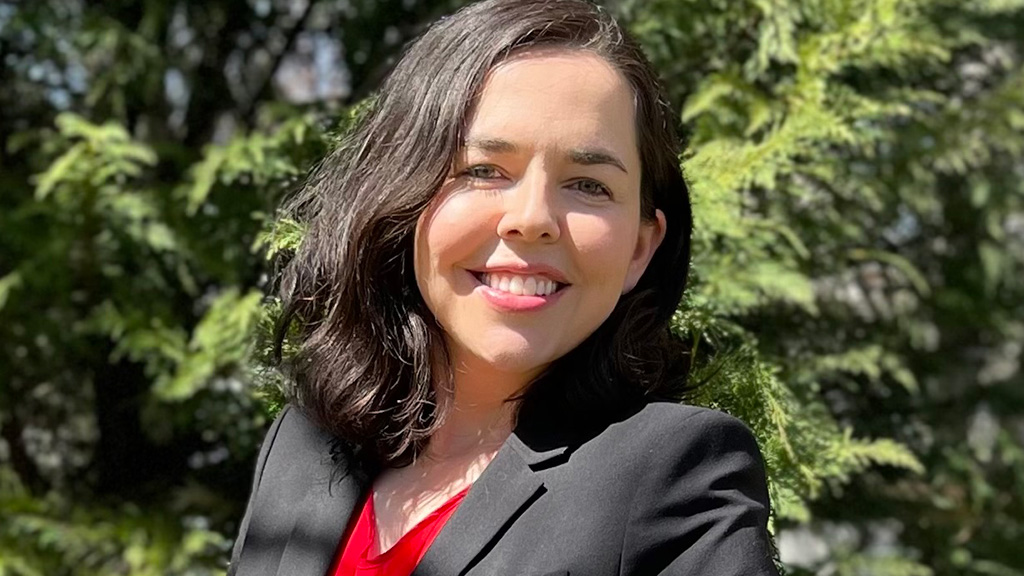
January 19, 2023
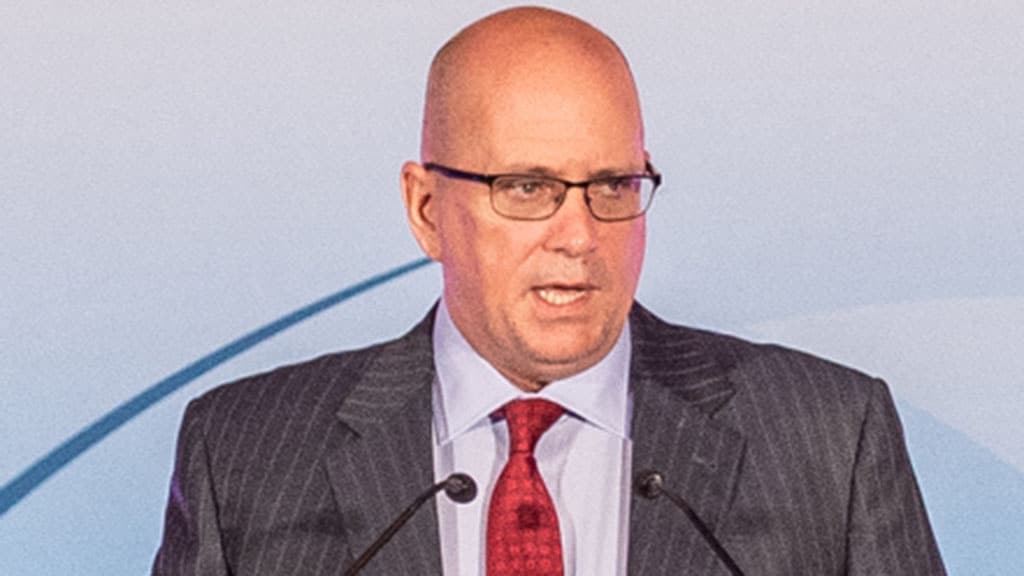
October 18, 2022
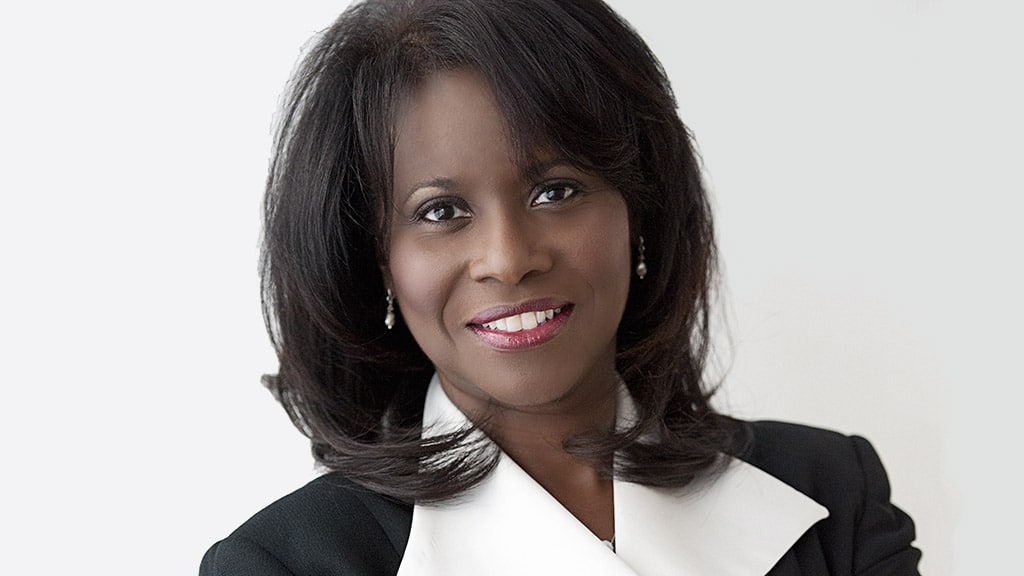
August 19, 2022
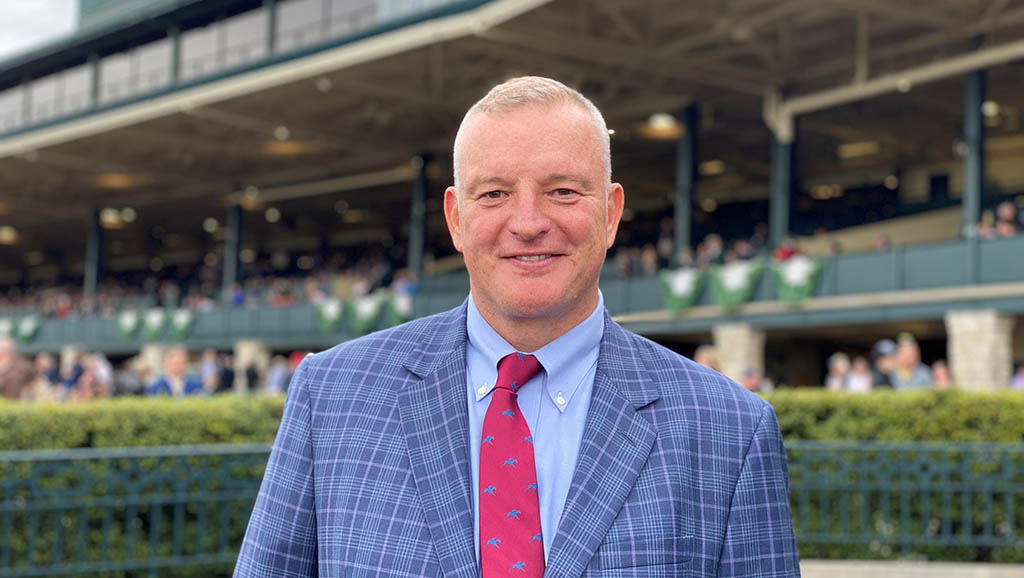
June 10, 2022
